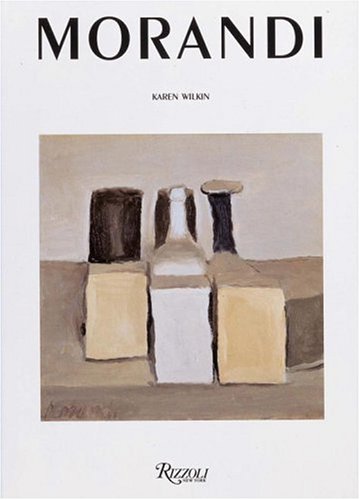A reader writes:
How does one go about discovering gems like your new Marin etching? I am just starting out and would like to replace my college-era posters with something more enduring, but I have absolutely no clue how or where to look for such things. I have contemplated purchasing several pieces in the past, but I find art galleries imposing and a little bit scary. How does one learn how to buy art? And how does one know if the prices are inflated? Sorry to burden you with such an odd request, but I can’t be the only one who is afraid to embark on this enterprise.
Nothing odd about it. I felt the same way when I first started going to galleries, though I think in my case it arose from a fear of looking dumb, coupled with the reflexive embarrassment that Midwestern WASPs feel at the thought of discussing money with strangers. But as Anthony Powell wrote in A Question of Upbringing, “Later in life, I learnt that many things one may require have to be weighed against one’s dignity, which can be an insuperable barrier against advancement in almost any direction.” The first step in the process of smashing through that barrier is screwing up your courage and saying to the ominous-looking person in charge, “Uh, what does that pretty purple-and-blue one cost?” Once you do this, you will have lost your virginity and can proceed at will. It only hurts the first time. Very often–though not always–you will quickly discover that the folks who run galleries are nice, helpful human beings who wouldn’t dream of embarrassing a potential customer. (Many galleries, by the way, have printed price lists of the works on display at the front desk. Ask.)
Are the prices inflated? Sometimes. How do you know? You don’t. That’s why God made computers. The Internet is without question the most valuable educational tool available to budding young art buyers, especially if you’re looking (as you should be) for “multiples,” meaning works of art which exist in multiple copies, i.e., etchings, woodcuts, or signed limited-edition lithographs and screenprints. Galleries dealing in multiples can be found in most major cities, and many of them also have Web sites. A good Web site features thumbnail images of the pieces in a gallery’s inventory (which can usually be enlarged). Most of the time it also includes prices, and if it doesn’t, all you have to do is send the gallery an e-mail asking for the price of a specific piece, which is less anxiety-inducing than asking in person. Once you’ve spent a few Web-browsing sessions engaged in competitive shopping, you’ll start to get a feel for whose prices are inflated and whose aren’t. Generally speaking, the Web has helped to bring on-line prices into broad accord, but I was looking for a particular Helen Frankenthaler screenprint last month and discovered that there was a $3,000 difference in price between the least and most expensive copies. (Guess which one I bought?)
Don’t buy art until you’ve looked at quite a bit of it, both off and on line, and know which artists speak to you most persuasively. The trick is to reconcile your tastes with your budget. I’m interested in American art, not only because I like it but because much of it is still affordable (also, there are a whole lot of phony European art prints out there). Many fine 19th- and 20th-century American artists have made prints of various kinds. Start looking, and see what you like best. Read art books. Use Google, searching for both the artist and the medium that interests you. I found my Marin etching by searching for “John Marin” and “etching.” Another useful code phrase is “fine prints,” which often (but not always) appears on the Web sites of galleries. Remember that inventories turn over, so don’t assume that just because you can’t find what you’re looking for this week, you’ll never be able to find it. Be patient.
What about eBay, you ask? Well, I’ve bought a couple of lovely pieces there, but I can’t recommend it to the novice buyer, simply because you don’t yet know enough to know whether you’re getting (A) an amazing bargain or (B) screwed. I came away clean both times, but I already knew a lot about the artists in question (Nell Blaine and Neil Welliver). Much better to stick to galleries until you find your footing.
Buying art on line isn’t nearly as risky as it sounds. Reputable dealers typically belong to the International Fine Print Dealers Association (whose Web site is a good place to start learning about prints) and advertise that fact on their sites. The more extensive and well-designed the site, the more likely the dealer in question has been around for a while. If you really want to play it safe, which is perfectly all right, the Metropolitan Museum of Art publishes and sells signed limited-edition prints on its Web site. I bought my first piece from them. You should also look at Crown Point Press, a much-admired publisher of prints by a wide assortment of American artists. Both of these sites are completely up front about pricing. Visit them and you’ll start to learn what things cost. In recent months, I’ve also bought from Jane Allinson, Rona Schneider, Flanders Contemporary Art , and K Kimpton , all of whom have good Web sites and are a pleasure to deal with. Tell them I sent you.

